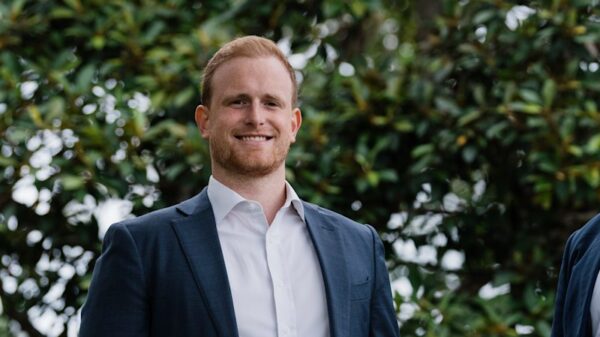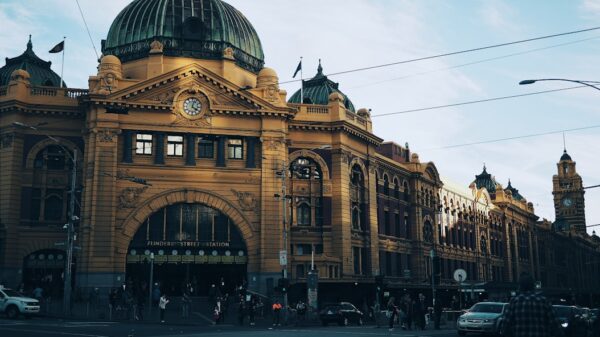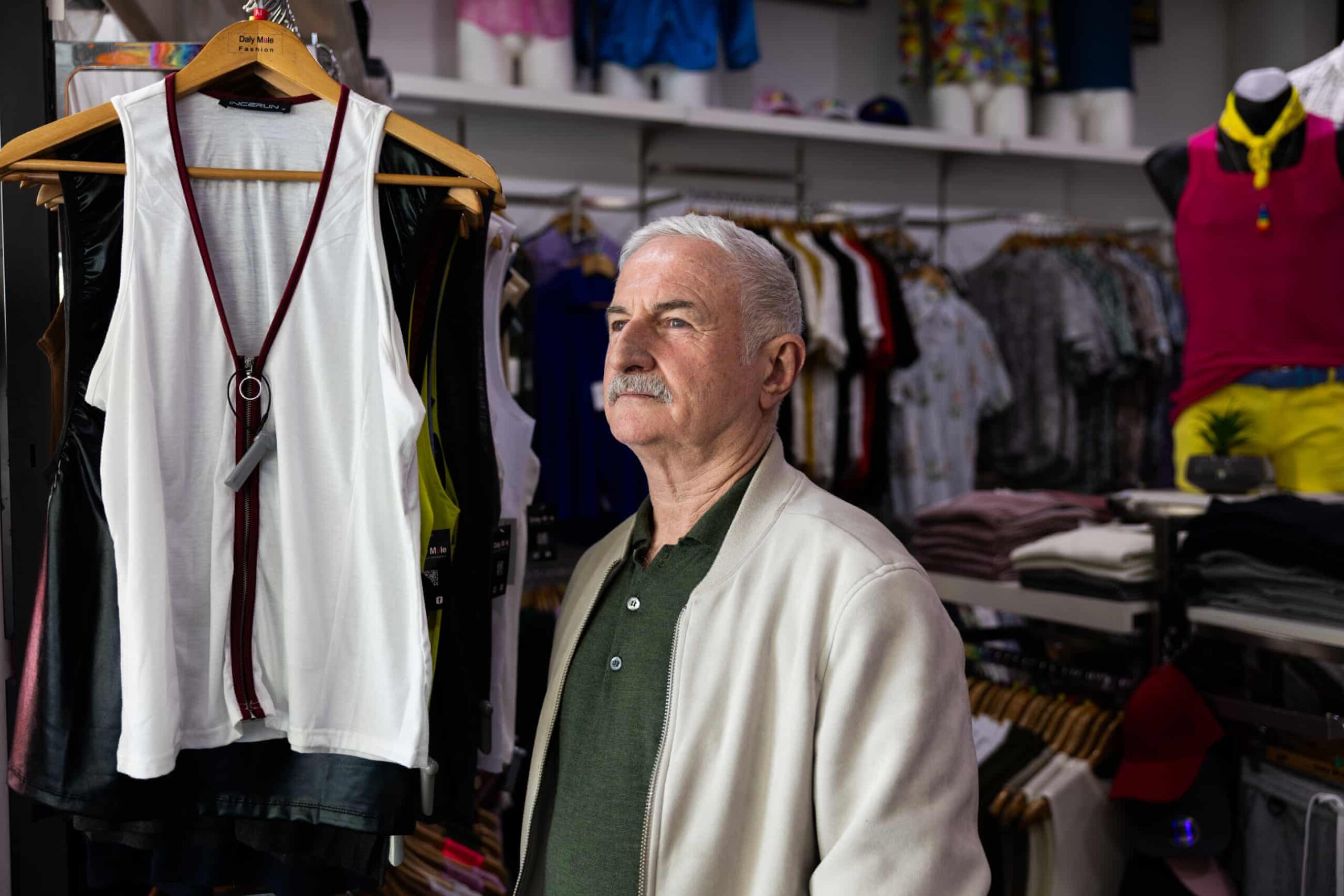Sydney’s iconic Oxford Street is undergoing a significant transformation as plans for revitalization clash with long-standing local businesses struggling to adapt. The family-run tailoring shop, Zink & Sons, has served the community for 130 years but now faces an uncertain future due to rising rents. Director Daniel Jones is seeking a new location after a recent rent increase, which he deems unaffordable.
The street, historically recognized as a vibrant hub for the LGBTQI community, is in the midst of a redevelopment project known as Oxford and Foley. This initiative aims to rejuvenate the area with modern retail, hospitality, and creative spaces while attracting high-profile tenants. The first store to open in this newly renovated section is Golf Wang, a fashion outlet owned by musician Tyler, The Creator.
Despite the potential for revitalization, the development has not come without its challenges. Local businesses report a marked decline in foot traffic, attributed to ongoing construction and the recent establishment of a $18.5 million bike path connecting Hyde Park to Taylor Square. Terry Daly, who runs the popular menswear store Daly Male, has expressed concerns, stating that the new bike path has negatively impacted customer access. He notes that it is the first time in 40 years he has had to request a rent reduction, highlighting the financial strain the changes are imposing on local businesses.
Historical Disruption and Community Concerns
The history of Oxford Street is filled with disruptions that have affected its unique character. Stephan Gyory from the Darlinghurst Business Partnership points out that the street has seen several setbacks over the years, including road upgrades in 2005 and the emergence of nearby Westfield shopping malls. Changes to nightlife regulations in 2014 and the COVID-19 pandemic further strained businesses along the strip.
As the AshMorgan development progresses, it has faced delays, with the first fully restored block now expected to open in November 2023, two years behind schedule. Gyory reflects a cautiously optimistic view of the situation, acknowledging a renewed sense of activity and vibrancy, albeit tempered by consumers’ financial constraints.
The economic downturn has significantly impacted foot traffic on Oxford Street. Ken Holmes, the owner of Aussie Boys, a swimwear store, reported that his sales during the recent Mardi Gras season were dismal compared to previous years. He noted that the construction delays and lack of customers have created a challenging environment for local businesses.
Balancing Renewal with Community Identity
While the redevelopment promises a modernized Oxford Street, there remains concern that an influx of international brands could erode the area’s distinctive character. Daly emphasizes the need for independent designers rather than corporate giants, calling for a balance that preserves the unique identity of the neighborhood.
The recent closure of long-standing establishments, such as Jim’s Butchery after nearly a century and the Bookshop Darlinghurst, underscores the pressure local businesses face. The latter announced it would close by Christmas due to sustained delays in moving to larger premises within the new development.
On a more hopeful note, a new 109-room hotel is set to open on October 9, 2023, at the former site of the Grand Pacific Blue Room nightclub. Local business owner Simon Fowler sees this as a positive step towards revitalizing the area, although he also acknowledges the challenges posed by high rents and the difficulty in attracting new tenants.
The ongoing discussions surrounding the bike path highlight the complexities of urban planning. While some businesses like Fowler’s anticipate benefits from increased foot traffic, others voice concerns about the design and accessibility of the bike path, particularly regarding its impact on pedestrian safety.
As the City of Sydney works to navigate these developments, Lord Mayor Clover Moore remains optimistic about the street’s future. She recognizes the challenges faced by local businesses but believes that a coordinated effort from government and community stakeholders can ensure Oxford Street thrives as a cultural and commercial precinct.
Despite the challenges, the desire to preserve the diverse spirit of Oxford Street remains strong. Gyory notes the need for careful consideration to prevent the displacement of long-standing residents and businesses in the face of gentrification.
As one of the area’s beloved establishments, Claire’s Kitchen, prepares to close after 14 years, its owner, Marc Kuzma, reflects on the changes. He acknowledges that while the street has lost some of its vibrancy, the future could hold promise with ongoing development.
The situation on Oxford Street encapsulates the tension between urban development and community identity, raising important questions about how to balance growth with the preservation of what makes a place special.


































































